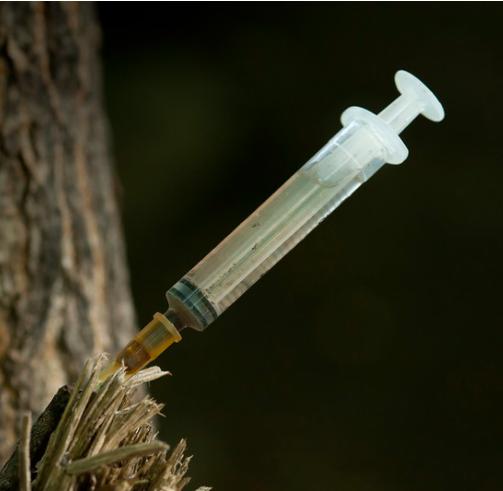Last month, Gov. Dan McKee signed legislation making the Ocean State the first to legalize safe injection sites, dubbed “overdose prevention sites” by harm-reduction advocates. Hopefully, Rhode Island won’t run into the same federal buzzsaw that Philadelphia encountered when a privately funded group of citizens received the city’s permission to establish Safehouse.
Claiming safe injection sites violate the 1986 “Crack House Statute” making it a felony to “knowingly open, lease, rent, use, or maintain any place for the purpose of manufacturing, distributing, or using any controlled substance,” the Justice Department took Safehouse to court. Its future is now in legal limbo. Federal prosecutors say safe injection sites don’t work. Yet, despite federal proscription, safe injection sites have been working quite well — albeit illegally — under the radar in the U.S. for years.
In a 2017 American Journal of Preventive Medicine article, University of California San Diego researchers shared data from a clandestine safe injection site opened in 2014 by a social service agency in an undisclosed urban area. The researchers maintained the site’s secrecy. The site has one large room dedicated to safe injection with an adjoining room for post-injection monitoring and supervision. (Safe injection sites always provide “chill” rooms in which clients stabilize before leaving.) The site was open four to six hours a day, five days a week. During its first two years in operation, two overdoses were reversed with naloxone and there were no overdose deaths. The site averted 2,300 instances of public injection during that time frame. All syringes used were safely disposed of by the facility, averting an estimated 1,725 public disposals.
# Reprinted with permission. The entire op-ed can be read here



